
Game Designer & Programmer
NewFoundSons
After losing his memory, a professor of religious studies embarks on a journey of discovery, revisiting his past while trapped in a hippie-cult compound, guided by a voice on a radio.
The beginning of a journey
This was a school project by a team of 5 where we could explore any kind and genre of game we would like to make. We decided on a first-person psychological horror game that emphasizes puzzle-solving and exploration as its core design principles. The game’s objective was to uncover the history of our character and overcome the puzzles that await the player. The game aimed to have a narrative of redemption through its gameplay and story.
Pillar
Discovery: Discover the memoryless main character’s life by resolving puzzles guided by a voice on the radio.
Exploration: Explore what was a hippie-cult compound to obtain clues to escape.
Social psychology: Throughout the game, the player will learn how certain societies think and how experiences can affect themselves and everyone in their inner circle.
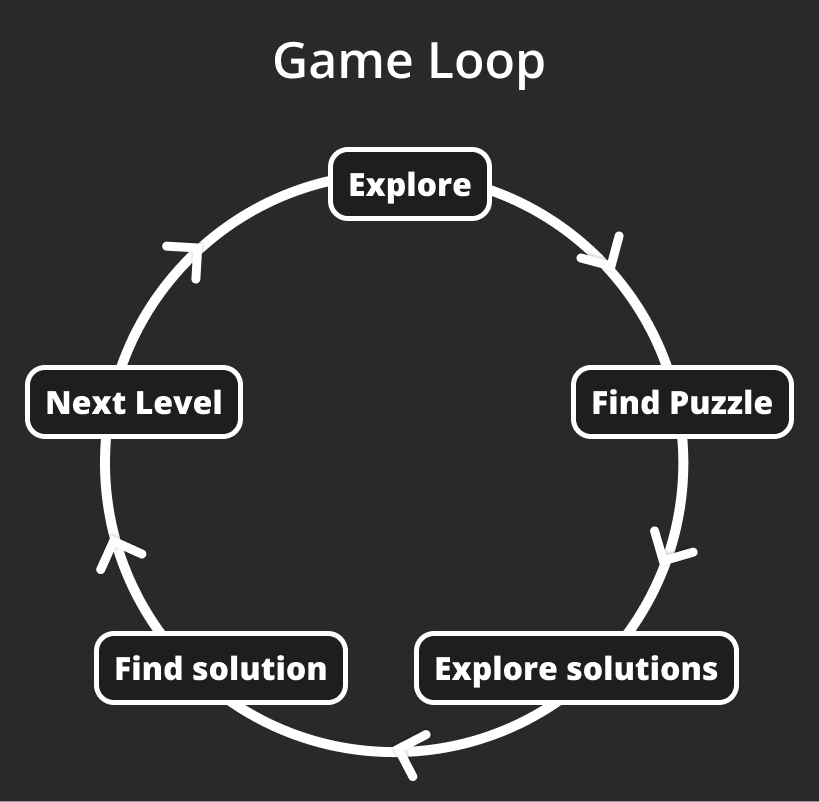
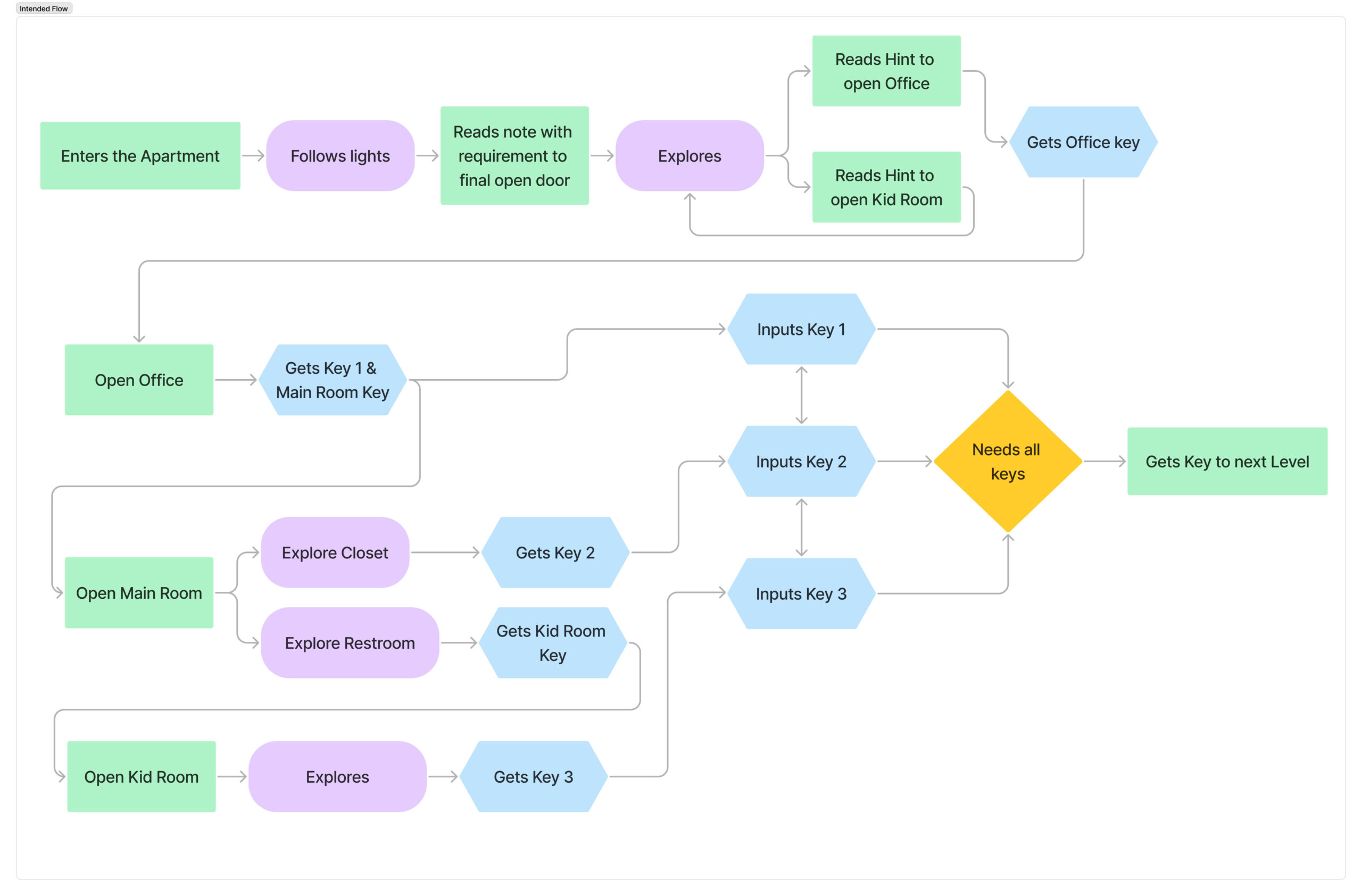
Main Mechanics
After finalizing our game concept, I dove into programming to develop the three core systems we identified: First, the door mechanics for opening and closing doors, which serve as the main obstacles for players. Second, a grab-and-drop system that allows players to interact with their environment, search for keys, and unlock doors. Lastly, we needed to implement a note system to provide hints to players, aiding them in solving puzzles and enhancing their overall experience.
Door System
This feature is crucial for the game, as it dictates how players progress through the levels. To add depth, we designed multiple types of locks, requiring players to achieve different goals to unlock the doors blocking their path:
- Open Door: This simple door can be opened just by interacting. It’s mainly used to guide players to the correct location, serving as a point of interest.
- One-Key Door: This door has a receptacle that mimics the shape of the required key. Players need to find the corresponding key and place it in the receptacle to open the door.
- Multiple-Key Door: Similar to the one-key door, but requires multiple keys to open. Receptacles indicate how the keys look and how many are needed.
- Valve Door: As the name suggests, players need to find a valve, connect it to the system next to the door, and rotate it to unlock the door.
- Button Door: This door opens by pressing a button, which can be placed beside the door or hidden behind a desk or wall, depending on the level design.
- Passcode Door: This door features a keypad and opens only when the correct code is entered. The system is designed to allow level designers to set the code in the Unreal Engine editor easily
Grabbing system
Players needed a way to interact with the world to explore the game’s setting. That’s why we developed this system. There were several approaches, such as inventory systems to track objects or simply grabbing and interacting with objects to trigger events. However, our goal was to create an immersive experience. We wanted players to feel like they were moving and grabbing items physically. Therefore, we designed the system to be as literal as possible. Players can approach an object, hold the interact button, and grab it. This allows them to move, place, and examine items, such as keys, to find the correct solutions and advance in the game

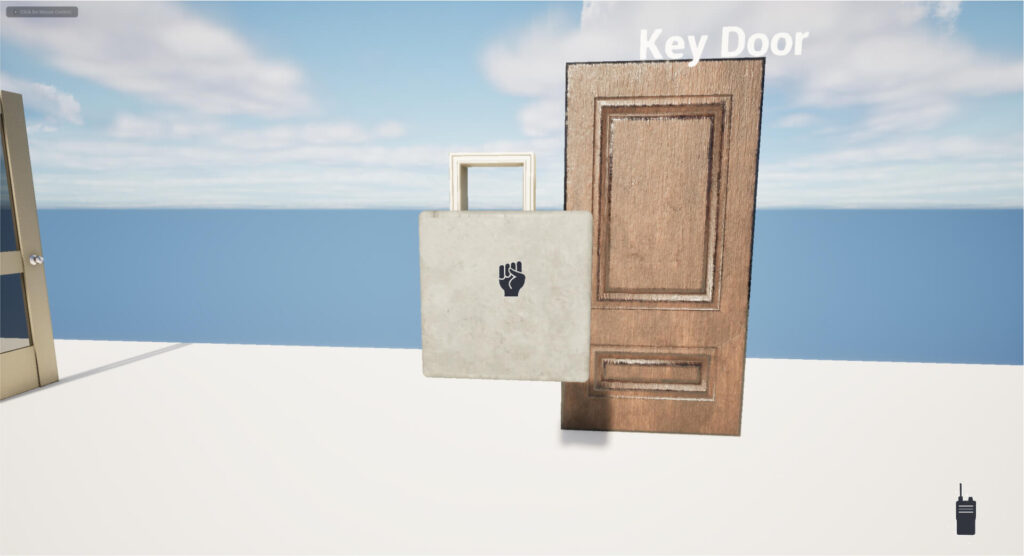
Designing for Clarity
During playtesting, we found that relying solely on environmental hints to guide players could lead to misunderstandings or missed clues. To address this, we developed a note system. This allows level designers to place messages throughout the level, providing players with additional guidance to solve puzzles and progress through the game.
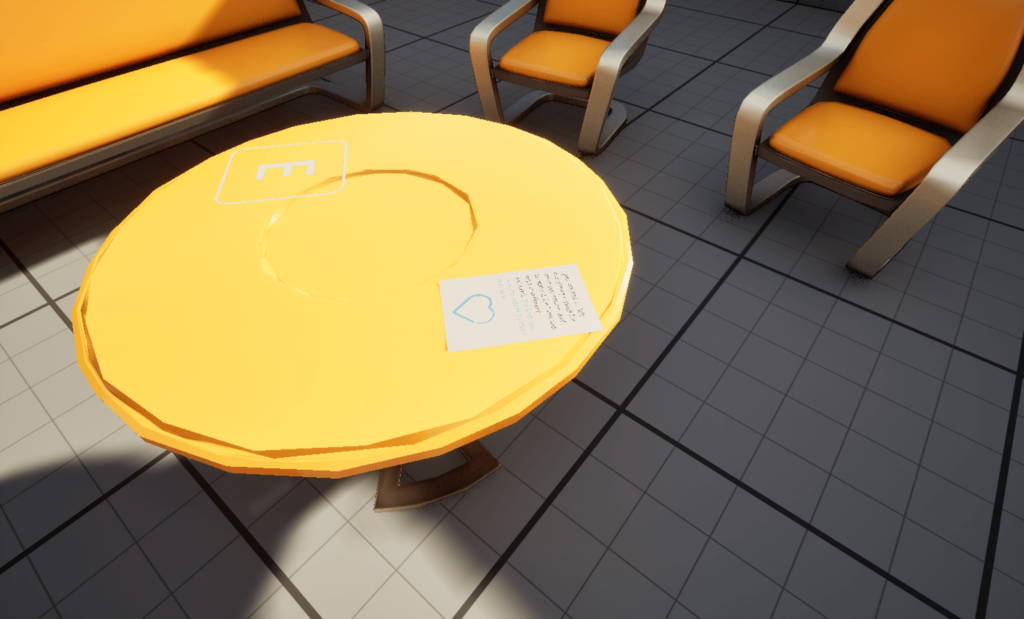
A Hint at Level Design
For this game, I had the opportunity to design one of the levels. My goal was to reinforce the mechanics the player had already learned, such as interacting with objects to open doors. I introduced a new element: multiple keys for a single door. This gave the level an investigative feel, as the player needed to search an apartment to find all the keys to unlock each room. Within each room, they would find an object that provided the final key needed to progress to the next level.
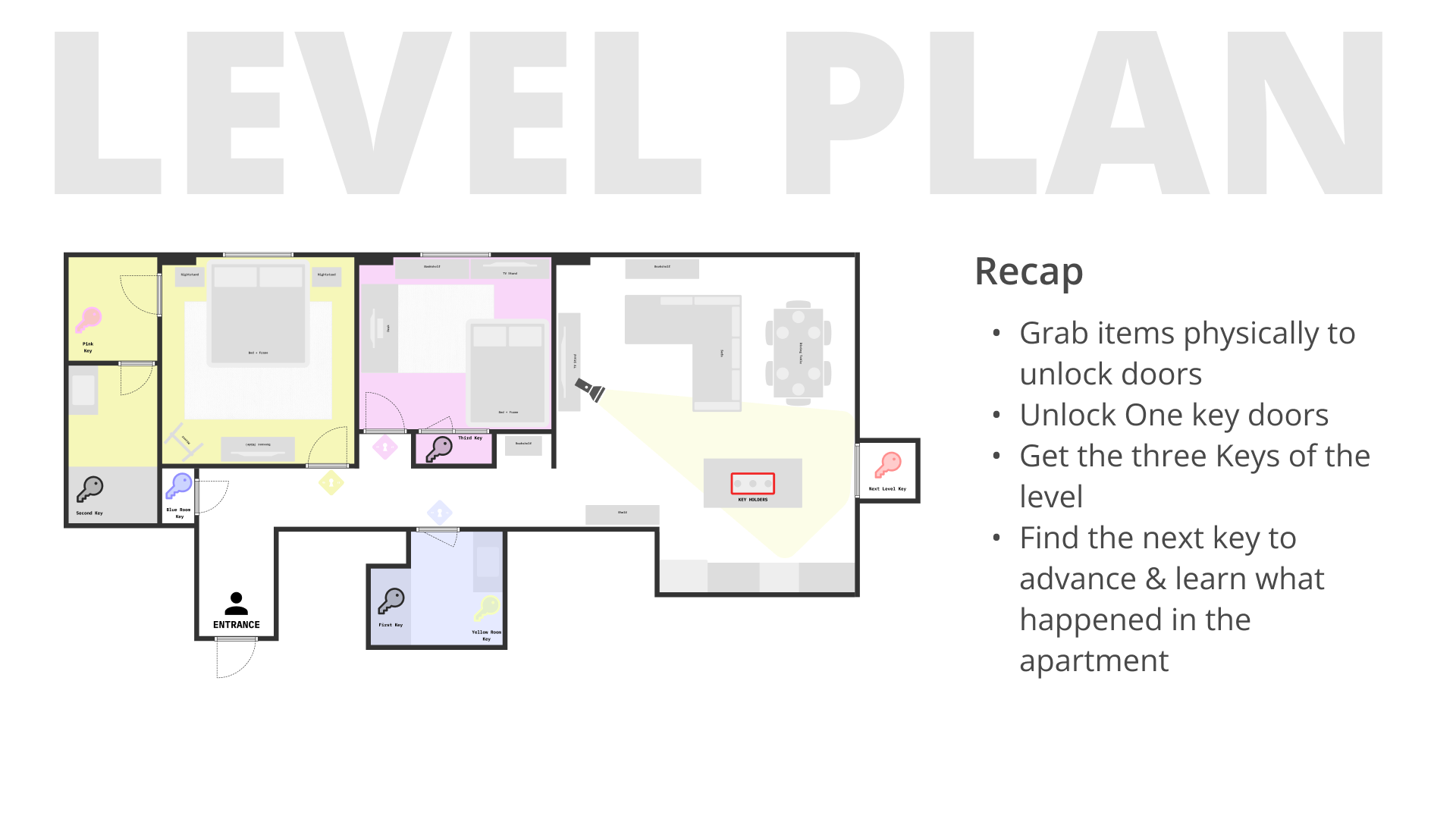
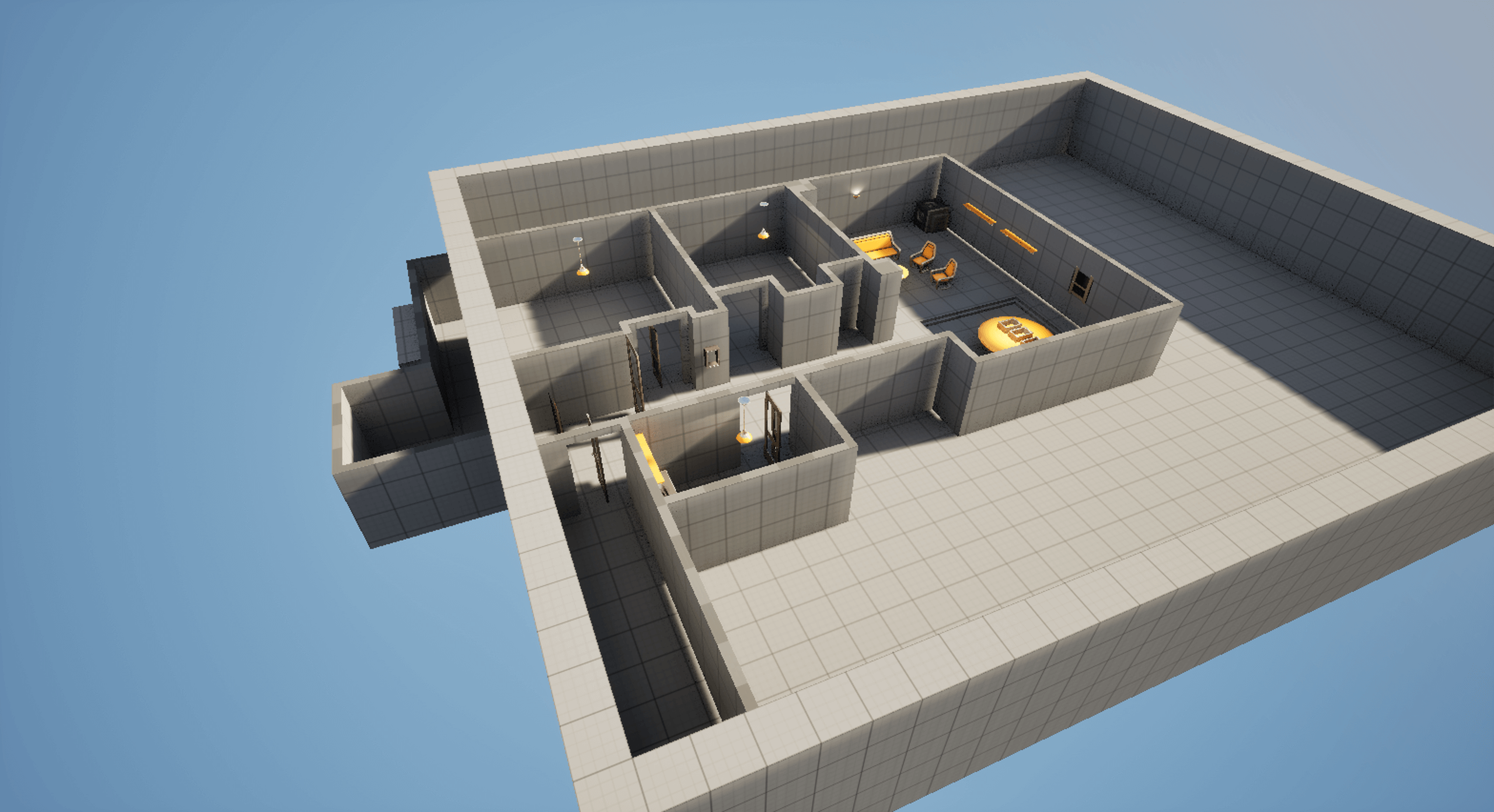

A touch of UI
Finally, I worked on the UI, including the main menu and pause menu, to create a polished, finished product. I also designed icons to help players distinguish between interactable objects and decorative ones. This was based on additional playtesting, which revealed that players were unsure about which items could be grabbed and which couldn’t.
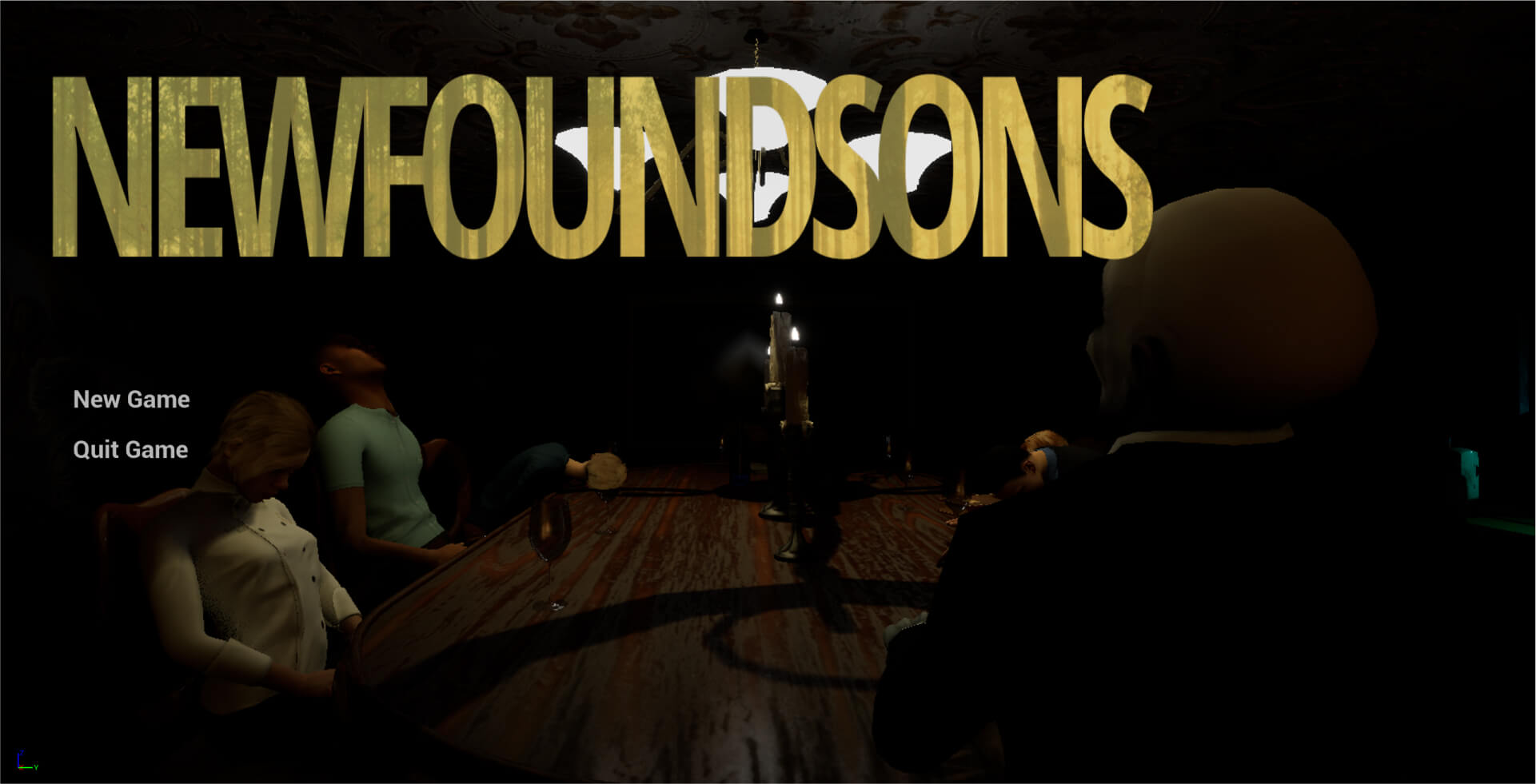
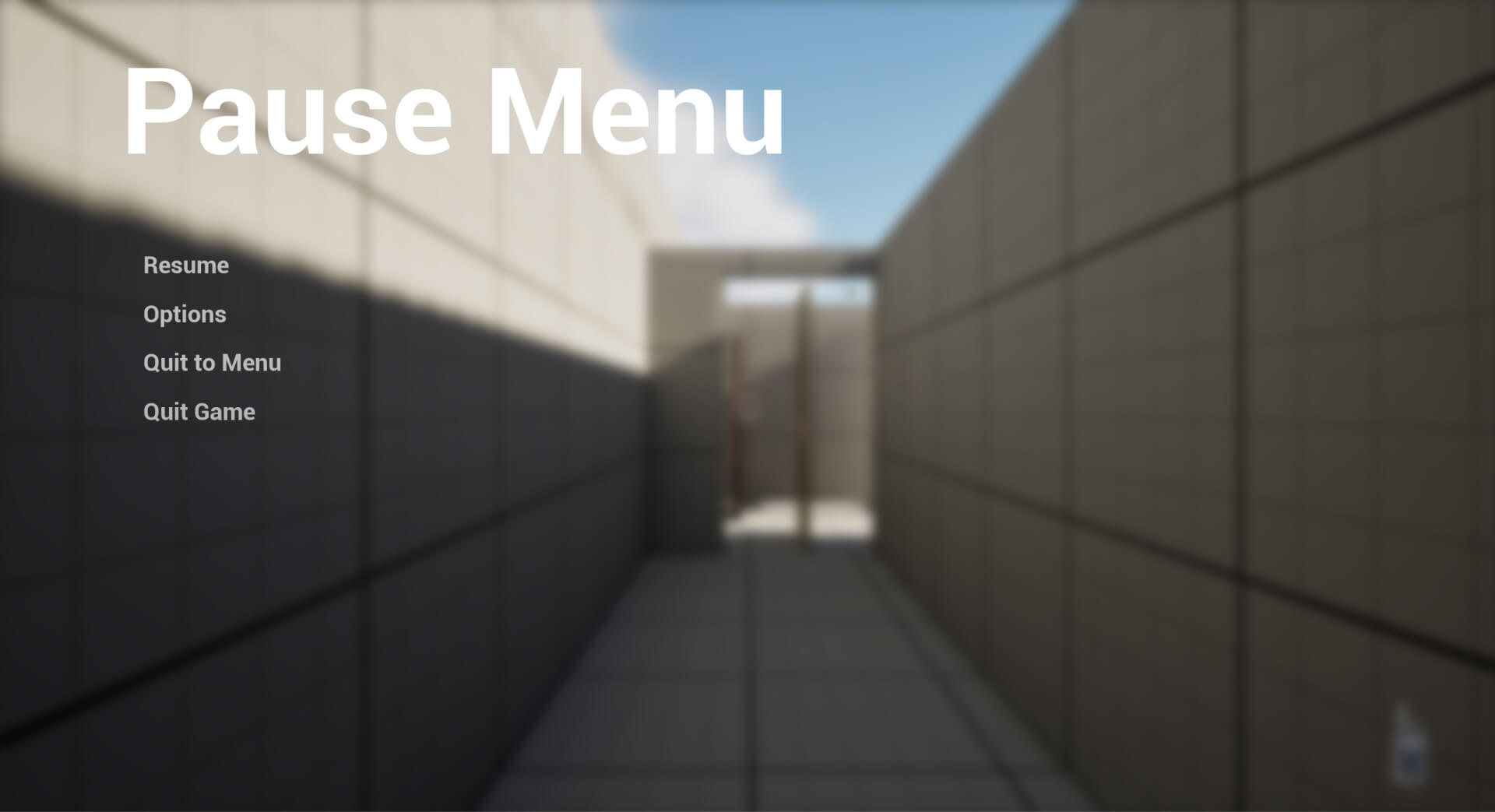
Last Reflections
This project was my first experience using Unreal Engine 5 to create a bigger project and my initial experience working within a team aimed to create a game experience. I gained a lot of knowledge about the engine and learned valuable collaboration skills. My primary responsibilities were code-related, which allowed me to enhance my understanding of Unreal’s visual programming, variable usage, actor communication, sound implementation, and basic UI implementation.
Additionally, this project served as an introduction to level design, a field I hadn’t explored much before. I deeply enjoyed the experience and learned a great deal about guiding players and utilizing in-game mechanics to create a cohesive and engaging level.
Related Projects
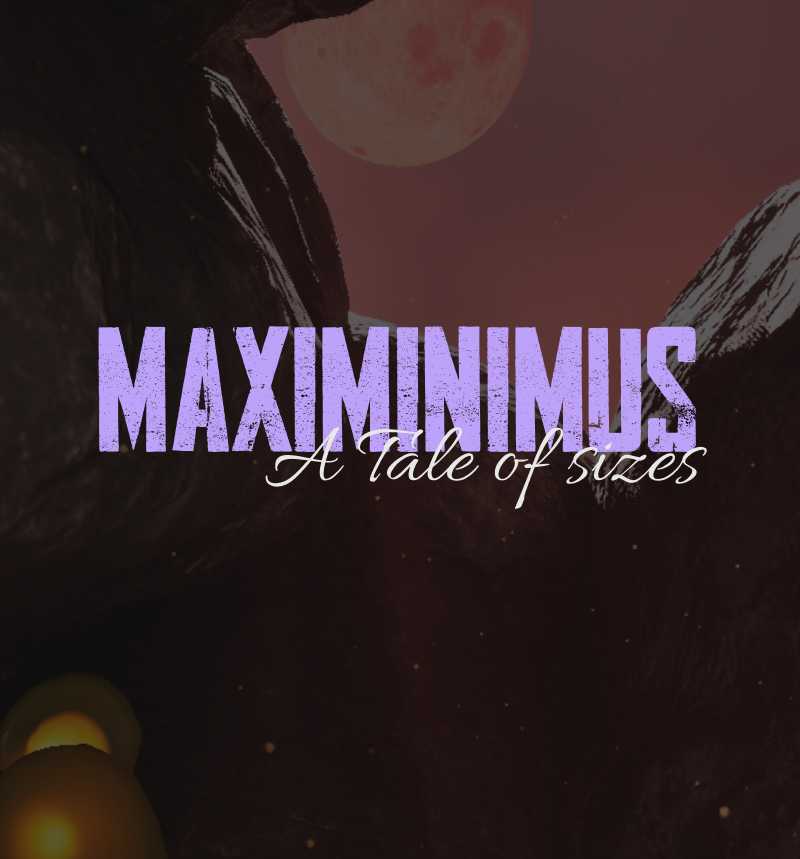
Maximinus: A Tale of Sizes
Role
Game Designer & UI/UX
About
The project began during the one-month jam “A Matter of Perspective.” Two characters: one big and the other small. The idea was to represent the lives of two different tribes that differed not only in size but also in the way they lived.

Growth Spurt
Role
Programmer, Cinematics & Level Dressing
About
This project was created for the GMTK Annual Game Jam in August 2024. The theme was ‘Built to Scale’, and we had just four days to complete the game.
Contact
Don’t hesitate to reach out if you are interested in working together, let’s make it happen!
Living in
Montréal, Canada
sfb199762@gmail.com
